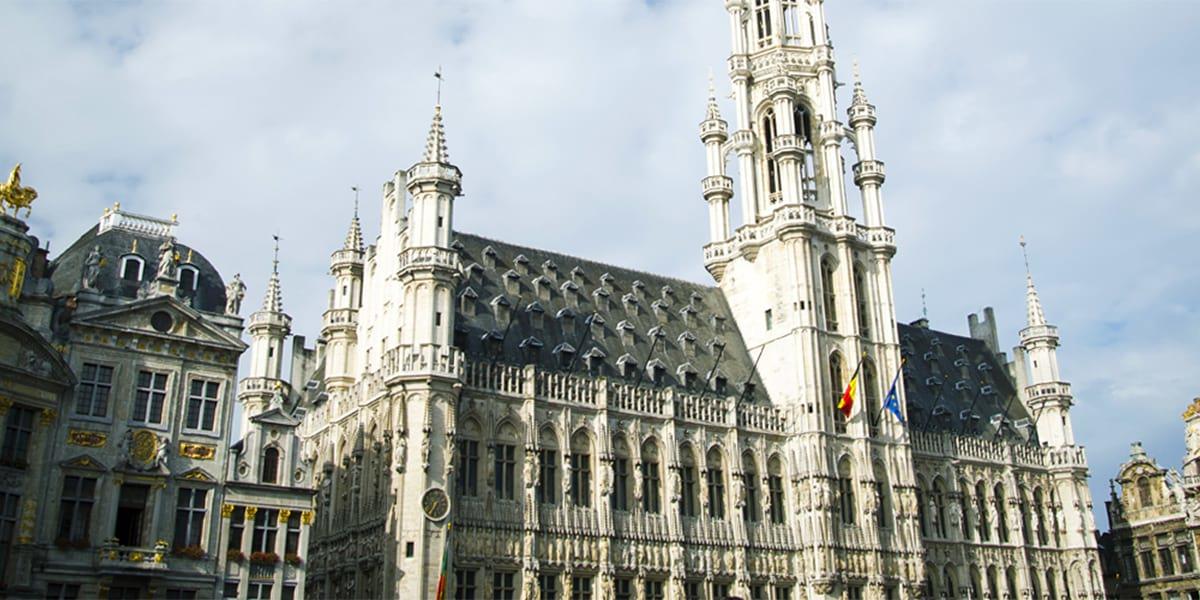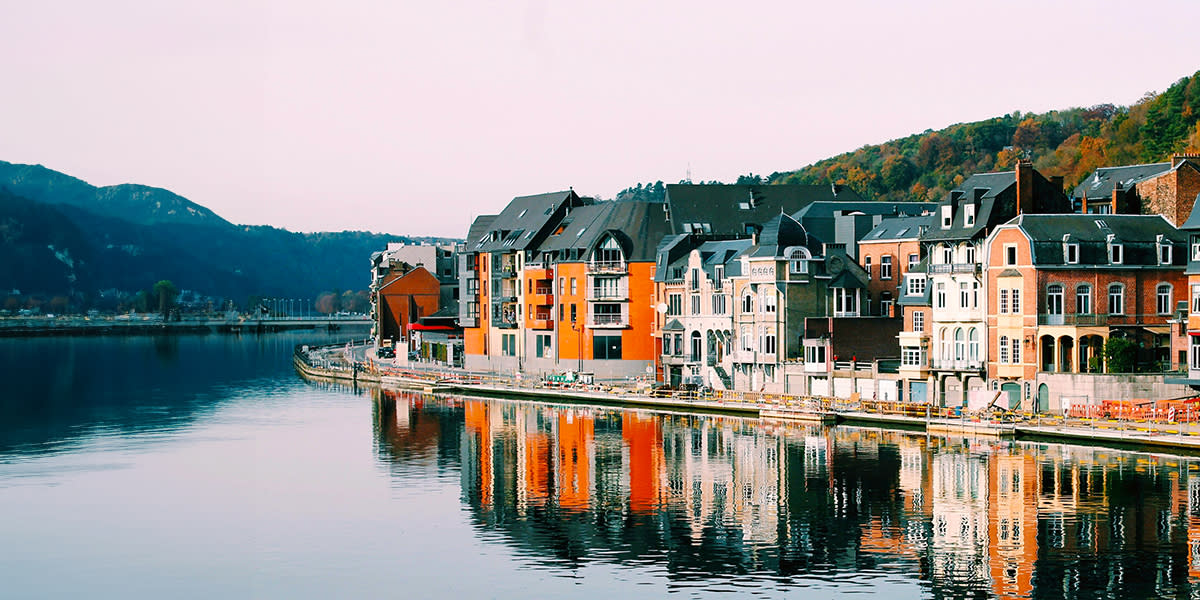
Your Essential Travel Guide To Driving In Belgium
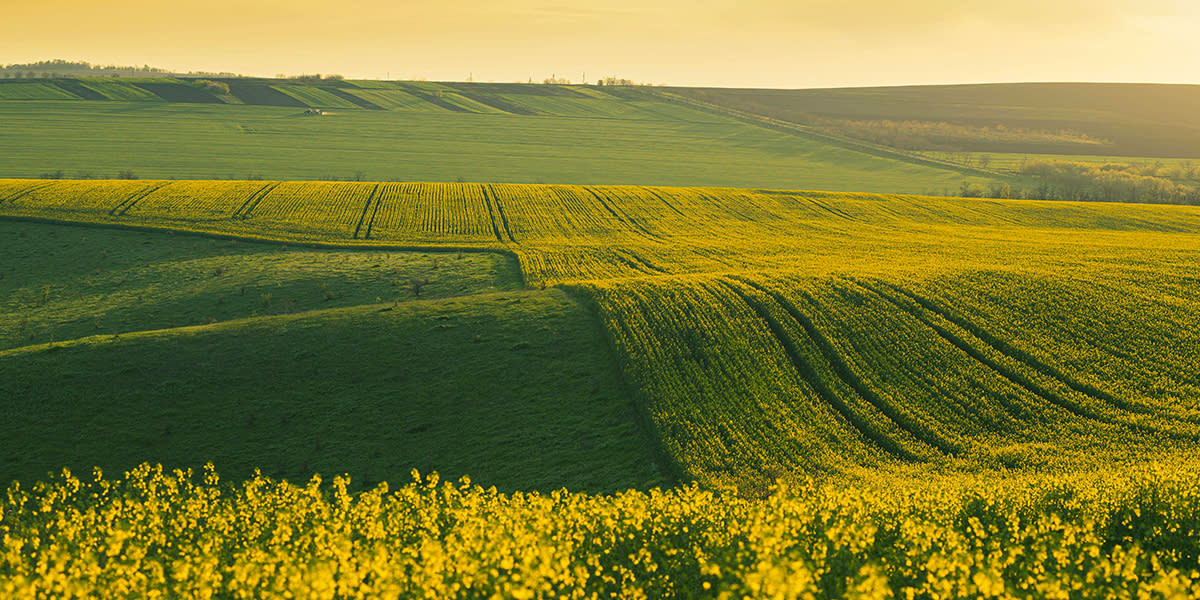
A guide to driving in Belgium
Belgium is ideal for a driving holiday, whether you travel by car or motorbike. Although a relatively small country, there’s plenty to see, from its 12 UNESCO World Heritage Sites to its beautiful rolling countryside. What’s more, the toll-free motorway system and well-maintained A roads make driving a breeze.
Belgium can easily be reached from our Amsterdam, Calais and Dunkirk ports. Like with any country, there are driving rules and regulations to be aware of. Discover our guide to driving requirements in Belgium to help you prepare for your holiday, from speed limits to documents you will need to bring.
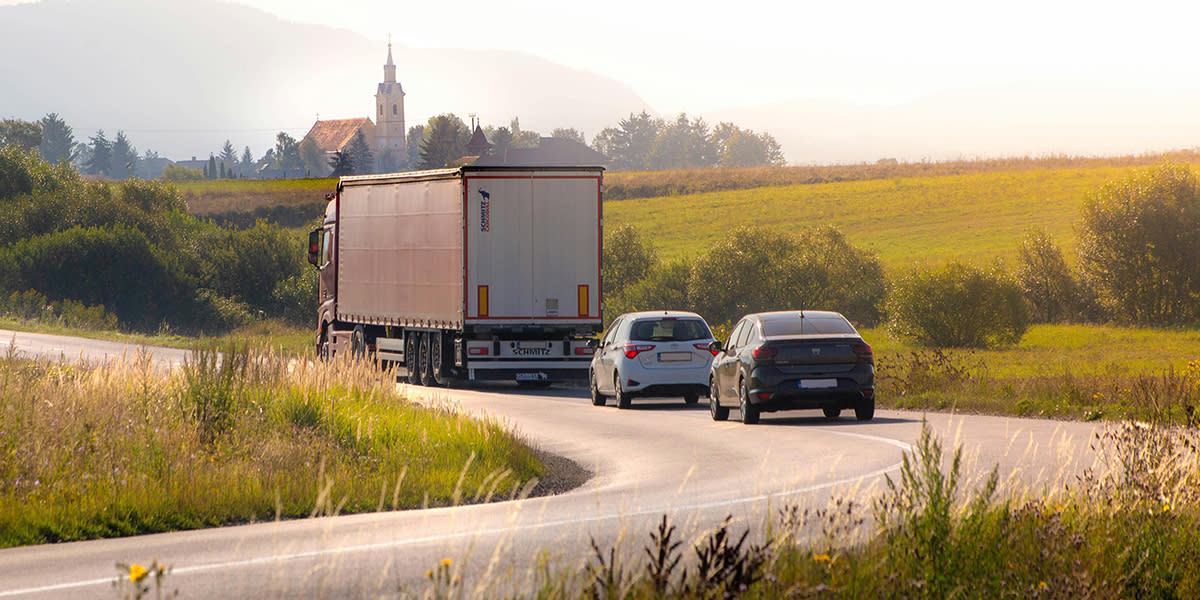
Advice for driving a car in Belgium
Going behind the wheel in Belgium is a very different experience from driving in the UK. In Belgium, you drive on the right-hand side of the road and overtake on the left. This can be a major adjustment if you are used to driving on the left-hand side. Vehicles travelling from the right have priority, as do trams, which may be travelling on the right or left.
Beware of speeding in Belgium, as you can be fined up to €4,000 if you are caught exceeding the speed limit by up to 40 km/h. Hands-free mobile phones are allowed when driving, but never a handheld phone. You must also have car insurance (at least third-party coverage).
Belgium has three official languages: Dutch, French, and German. This means some place names and road signs are displayed in a multilingual format. Make sure you’re familiar with place name spellings before driving.
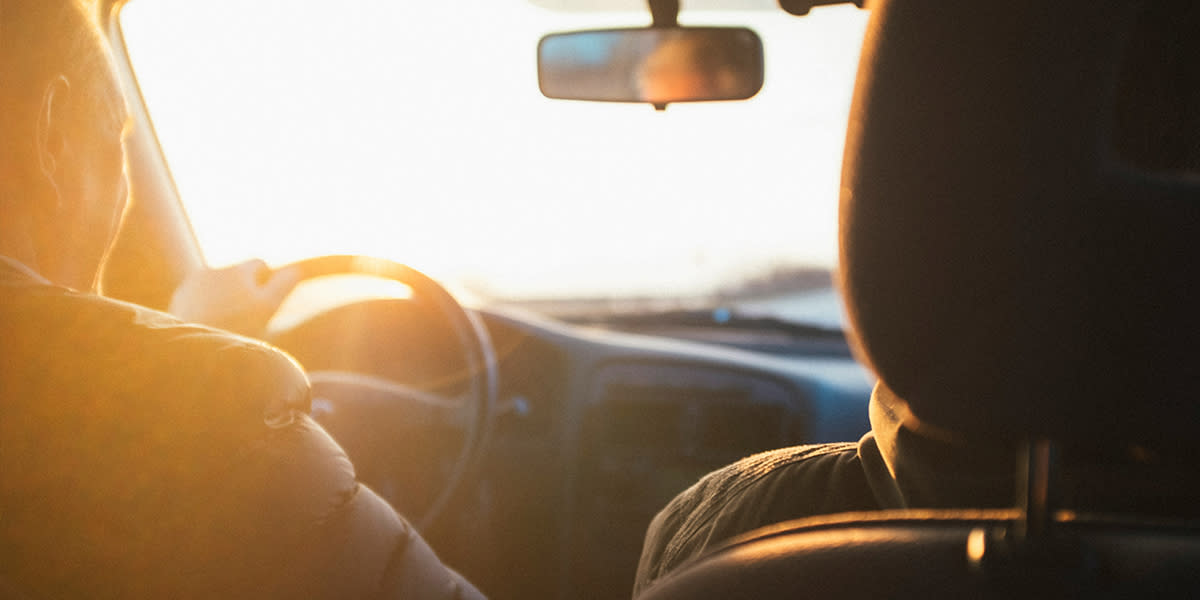
Belgian driving laws and road regulations
Here are some key requirements for driving in Belgium you need to be aware of:
- As in the UK, wearing seatbelts is a legal requirement
- Using a mobile phone while driving is illegal, unless you have a hands-free system
- Minimum driving age for most vehicles is 18 years old
- Drive on the right side of the road and overtake on the left
- Blood alcohol levels of drivers cannot exceed a volume of 0.05%
- Children under 1.35m must be seated in a child seat or restraint, or in the rear of a car with a seat belt.
- It is prohibited for child seats to be used in the front seats if the airbag has not been deactivated
- If you’re travelling within a city that has a low emission zone (LEZ), you must check that your vehicle meets the entry requirements and register for each zone
Planning on travelling further than Belgium? Check out our guide to driving in Europe.
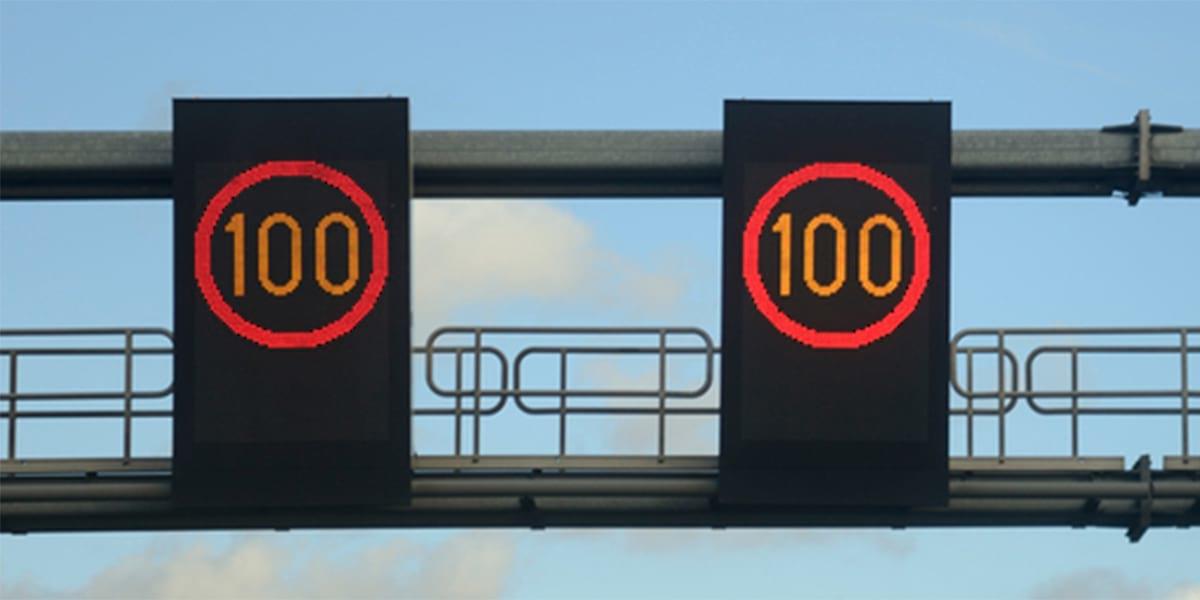
Speed limits in Belgium
Belgium uses the metric system for road signs, so you'll see speed limits and distance markers in kilometres and metres. Unless signs state otherwise, the following speed limits apply:
- Residential areas: 20 kmh
- School areas: 30 kmh - operational 24 hours a day, even when schools are closed, unless signposted otherwise.
- Built-up areas: 50 kmh
- Outside built-up areas: 90 kmh
- Outside built-up areas in the Flanders region: 70 kmh
- Motorways and dual carriageways that are separated by a central reservation: 120 kmh
- On some cycle streets or at the entrance to built-up areas, a speed limit of 30 kmh may apply
In Belgium, the amount of a speeding ticket is determined by the speed at which the offence was committed, as well as the type of road it occurred on. Fines range from €53 to as much as €866.

Road signs in Belgium
It’s important to familiarise yourself with Belgian road signs before driving. Here are some of the most common signs across the country.
Warning signs Warning signs are used to notify drivers of a potentially dangerous road situation. They include:
- Tram crossing
- Gated railroad crossing ahead
- Roadworks
Indicatory signs Indicatory signs inform drivers about the road they are using. Look out for:
- Start of a built-up area
- Number of a ring road
- One-way road
Download our PDF guide to view more road signs in Belgium.
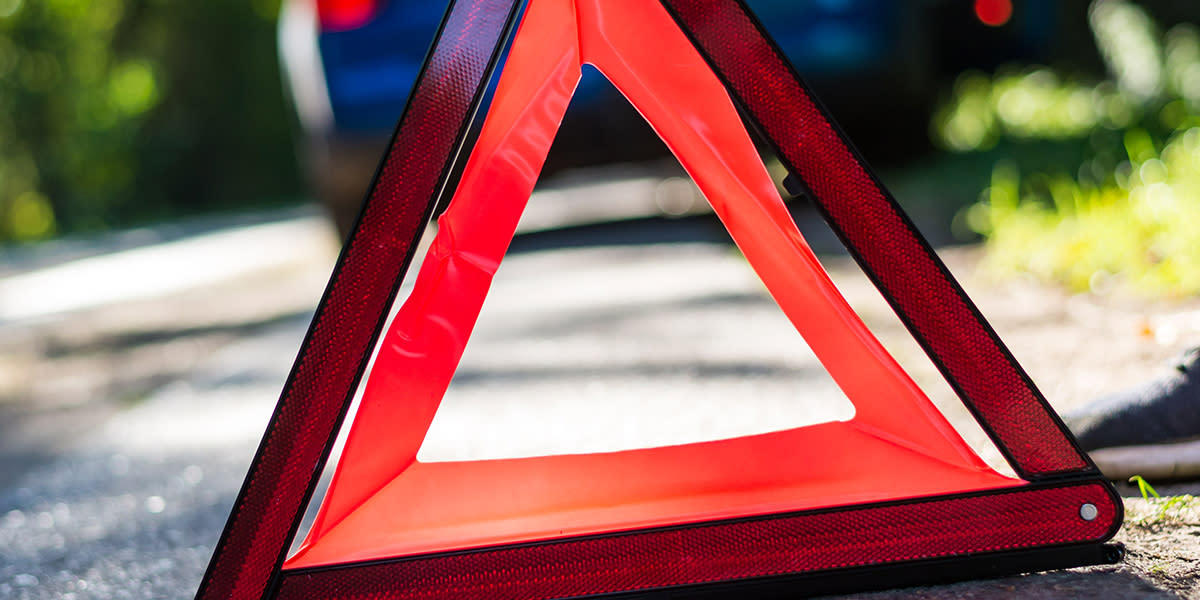
Driving in Belgium checklist
You must keep a few items in your vehicle while driving in Belgium, ranging from safety equipment to important documents.
Documents
- Full, valid UK driving licence
- A car insurance certificate
- Proof of ID, such as a passport
- A V5C registration certificate
- If you are borrowing a car from someone else, you will need to carry written permission to drive the vehicle from the registered owner
- An MOT certificate
- Vehicles registered in the UK must display a UK identifier sticker while driving in Belgium. This rule has been in place since September 2021
Safety items
- A warning triangle
- Headlight beam deflectors
- Cars registered in Belgium must carry a fire extinguisher and a first-aid kit. This isn’t mandatory for overseas cars, but it is still a good idea to have one
- Reflective jackets – if you are involved in an accident, you and your passengers must wear a reflective jacket. If not, you could be fined €55
- Car seats for children under 135 cm tall
- First-aid kit

EU Entry/Exit System (EES)
The European Union is due to launch a new automated IT system, the EU Entry/Exit System (EES), in early October. This will register travellers from non-European countries each time they cross an EU external border.
It will replace manual passport stamping with self-service kiosks. The kiosks will register the person’s name, type of travel document, biometrics (fingerprints and facial images), and the date and place of entry and exit. They will also record overstayers and refusals of entry.
Non-EU/Schengen citizens will have their fingerprints and facial images taken the first time they cross the border, while those who already hold a visa won’t need to provide these biometrics.
The system will apply to all non-EU/Schengen citizens travelling to the 29 countries operating the EES for short stays.
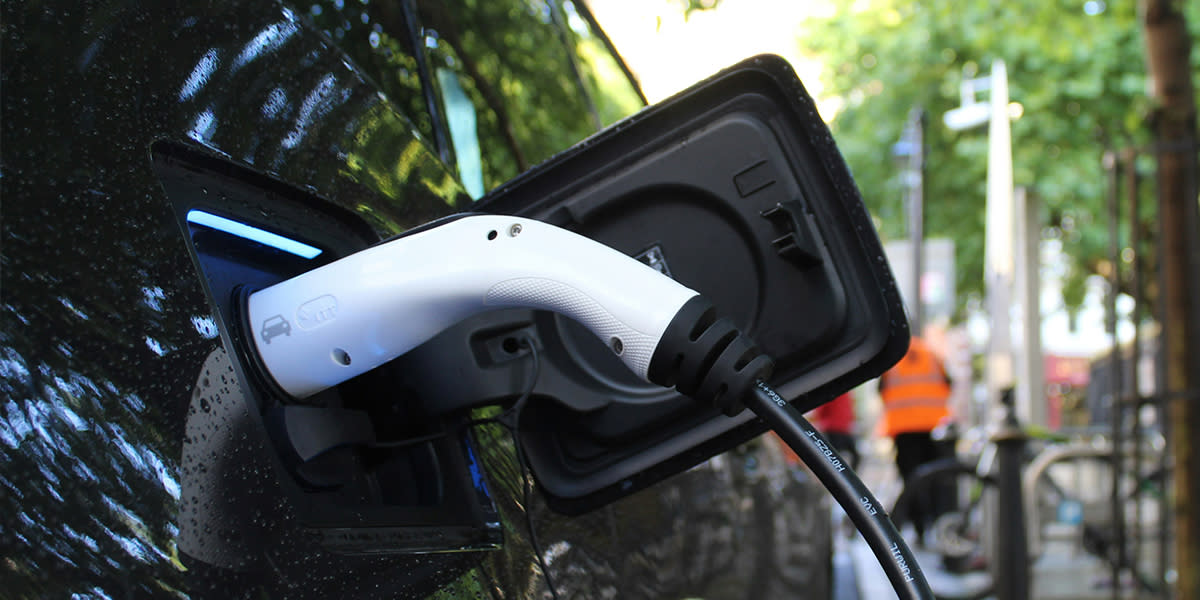
Low-emission zones in Belgium
Like many other European cities, Antwerp, Ghent and Brussels have implemented low-emission zones (LEZs).
If you have a diesel vehicle that meets Euro 5 and Euro 6 emission standards, you can access their LEZs free of charge. Antwerp and Ghent allow Euro 4 diesels at an extra cost (€20 per day).
Antwerp and Ghent only allow petrol cars that meet Euro 3 emission standards, while Brussels’ cut-off is Euro 2. Electric vehicles are not restricted.
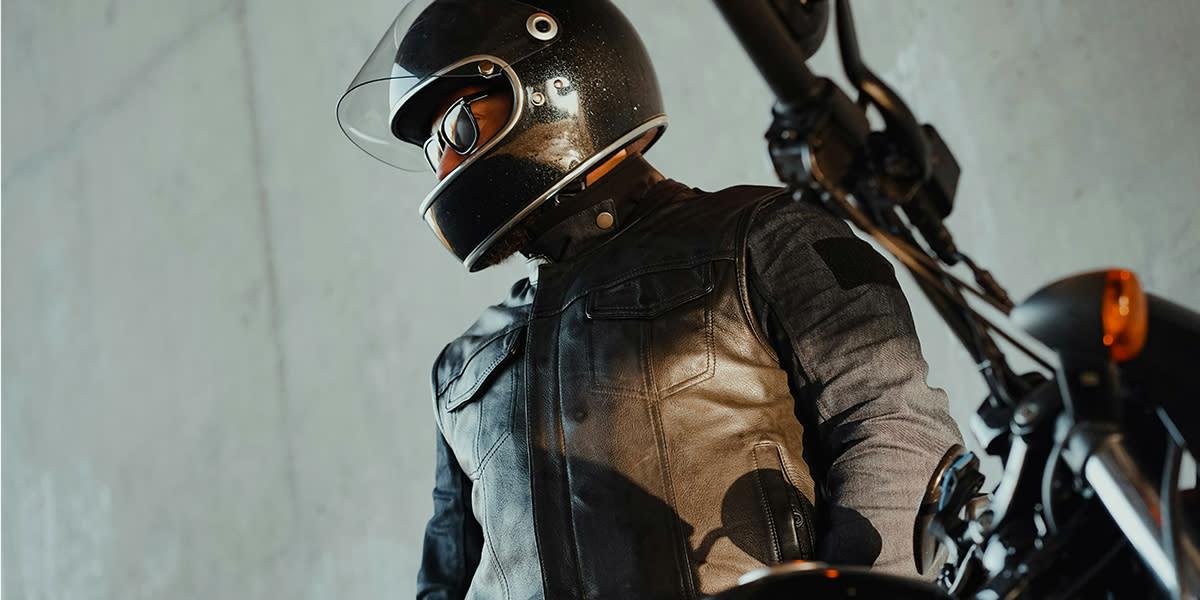
Advice for motorcycling in Belgium
Motorcycling in Belgium is a great way to see the country’s beautiful scenery, and there are many exciting routes to choose from. Head to Wallonia, which has vast stretches of scenic roads, and visit the Ardennes for incredible attractions such as the Circuit De Spa-Francorchamps (Spa Racing Circuit).
Crash helmets are compulsory when riding a motorcycle in Belgium and must conform to the European ECE 22 safety standard. Drivers must also wear other protective clothing, such as gloves, boots and a long-sleeved jacket.

Documentation for motorcycling in Belgium
The following documentation must be carried with you when riding a motorcycle in Belgium. We suggest using a document bag to keep important files in one place.
- A UK driving licence, which must be current and valid
- An insurance certificate
- Proof of ID, such as a passport
- A V5C registration document
- An International Driving Permit (if you’re riding around Belgium for longer than 90 days

Belgian motorcycling laws
Here are some laws and regulations to remember when travelling through Belgium on a motorbike.
- All drivers must wear a crash helmet with CE approval
- Drivers must use dipped headlights during the day
- Children under three years old are not allowed to ride on a motorcycle
- Children aged 3 to 8 can be passengers on motorcycles up to 125 cc, but they must travel in a suitable seat




